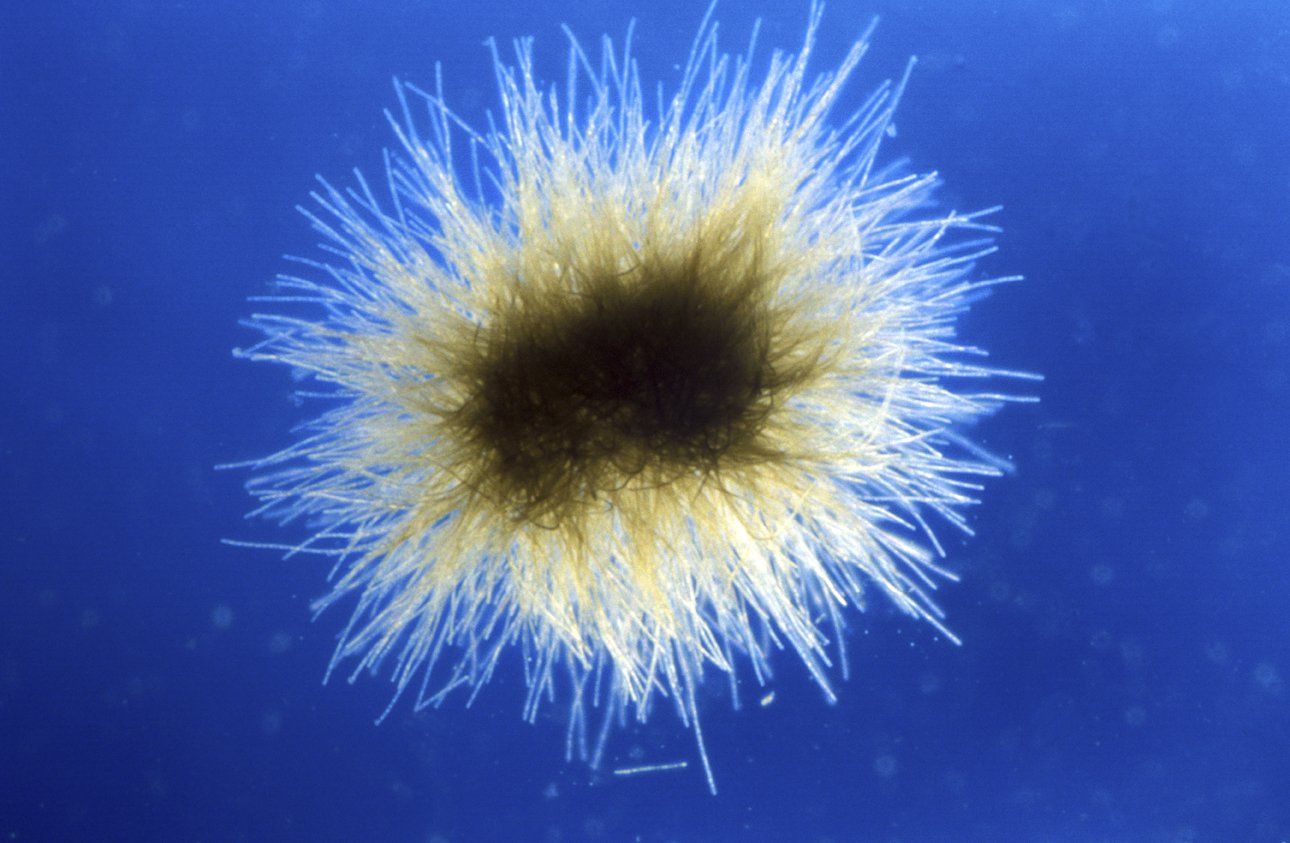Phytoplankton
On this page...
What is Phytoplankton?
Phytoplankton are tiny, photosynthetic organisms. This means they can manufacture their own food using energy from sunlight, producing oxygen as a by-product. They are often referred to as tiny plants because of this ability to photosynthesise, but many species of phytoplankton are more closely related to protists and bacteria than true plants. Phytoplankton typically range in size from 0.002 mm to 1 mm and include diatoms, dinoflagellates, Radiolaria, Ciliata and Cyanobacteria (better known as ‘blue-green algae’).
Phytoplankton produce more oxygen than all plant life on earth and are vital in maintaining the earth’s atmosphere. They are also the organisms most likely to be affected by global warming and climate change. Scientists around the world are concerned that harmful rays from the sun could pass through the hole in the ozone layer and kill phytoplankton, which live mostly in the upper layers of the ocean.
Ceratium-dinoflagellates

© Image Quest 3-D
Ceratium-dinoflagellates, Phytoplankton. Dinoflagellates occur in enormous numbers in the ocean, particularly in tropical waters and display a huge diversity of form. The large protrusions seen on this Ceratium-dinoflagellate are used for protection against predators
Cyanobacteria or Blue-green algae

© Image Quest 3-D
Cyanobacteria or Blue-green algae - Cyanobacteria, also known as Blue-green algae, is the earliest known life-form on earth and still the most common. Cyanobacteria have acquired the common name of 'Blue-green algae' because they are photosynthetic and aquatic. However, they are more closely related to bacteria than true algae.
Chain Diatom

© Image Quest 3-D
Chain Diatom, Phytoplankton - Diatoms can occur as single cells or in long colonial chains. They are one of the most common organisms in the plankton. Not all diatoms float freely in the water. Many may be found clinging to surfaces such as seaweed, marine snails, crustaceans and even turtles. Whales often carry dense growths of diatoms on their skin.

